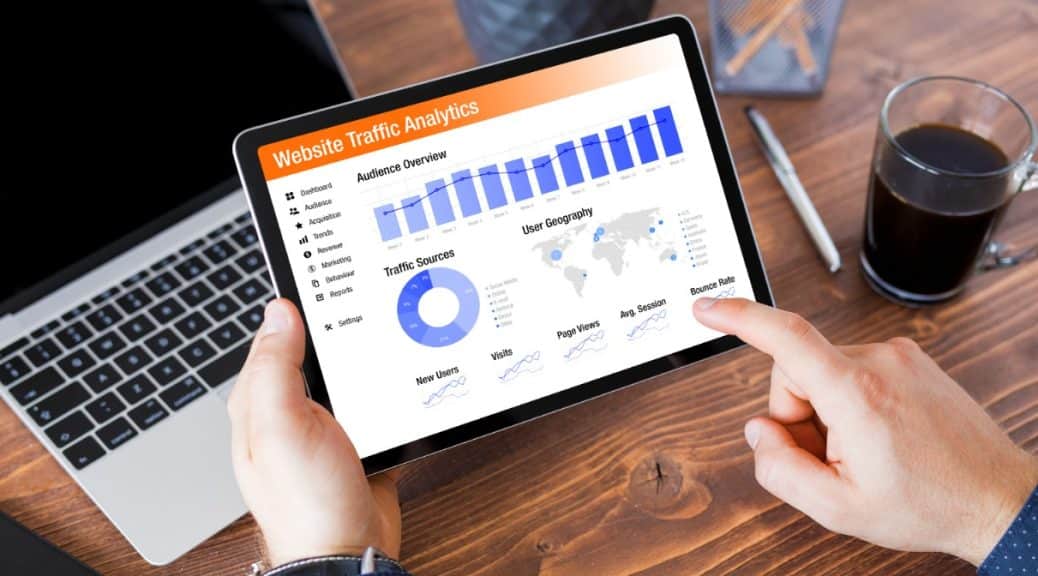How to Drive Traffic to a Website with SEO Keywords Content
Here you'll know how to drive traffic to a website with SEO keywords content. Driving traffic to a website is a crucial aspect of online success, and SEO (Search Engine Optimization) plays a significant role in achieving this goal. By effectively using SEO keywords in your content, you can attract more visitors and improve your site’s visibility on search engines. However, simply adding keywords is not enough; the content must be optimized in a way that appeals to both search engines and human readers. In this article, we will explore the strategies to drive traffic to a website using SEO keywords content, ensuring that your site ranks higher and reaches the target audience effectively.
Understanding SEO Keywords
SEO keywords are specific words or phrases that users type into search engines when looking for information. These keywords are essential for determining how search engines rank your website in search results. To drive traffic effectively, you need to identify the right keywords for your content. Start by researching what your target audience is searching for. Use tools like Google Keyword Planner or SEMrush to find high-traffic keywords relevant to your niche. Once you have a list of keywords, incorporate them naturally into your content. It’s important to avoid keyword stuffing, as it can harm your website’s ranking and user experience.
Importance of Keyword Placement
Proper keyword placement is crucial in driving traffic to your website. Keywords should be strategically placed in various parts of your content, including the title, headings, meta descriptions, and throughout the body of the text. When you place keywords in these areas, search engines recognize the relevance of your content to the user’s search query. Additionally, using keywords in the first 100 words of your content can improve its visibility. However, keyword placement should not compromise the quality of the content. Always prioritize creating informative and engaging content that provides value to your readers.
Creating High-Quality Content
Content is king when it comes to driving traffic to your website. High-quality content that is well-researched and provides valuable information will naturally attract more visitors. When creating content, focus on solving the problems or answering the questions your target audience has. This not only improves user engagement but also increases the chances of your content being shared, which can further boost your website’s traffic. Additionally, using long-tail keywords, which are more specific phrases, can help you target a more focused audience and rank higher in search results.
Utilizing Long-Tail Keywords
Long-tail keywords are extended phrases that are more specific and less competitive than broad keywords. While they may have lower search volumes, they often attract more qualified traffic, leading to higher conversion rates. For instance, instead of targeting the keyword “shoes,” you might use “best running shoes for women.” This specificity helps in driving targeted traffic to your website. Moreover, long-tail keywords often reflect the searcher’s intent, which can improve the relevance of your content. To find effective long-tail keywords, use tools like Ubersuggest or AnswerThePublic.
Optimizing Meta Descriptions
Meta descriptions play a vital role in driving traffic to your website. These short snippets of text appear under the title in search engine results and provide a brief overview of the content. By optimizing your meta descriptions with relevant keywords and compelling language, you can increase the click-through rate (CTR) of your website. A well-crafted meta description should be concise, informative, and include a call-to-action that encourages users to visit your site. While meta descriptions do not directly impact search rankings, they influence user behavior, which can indirectly affect your site’s traffic.
Using Headings and Subheadings
Headings and subheadings are essential for organizing your content and making it more readable. They also help search engines understand the structure of your content. By using keywords in your headings (H1, H2, H3), you can improve the SEO of your content. However, the headings should be relevant to the content and not just stuffed with keywords. Proper use of headings also enhances user experience by making the content easier to navigate. For best results, ensure that your headings are clear, descriptive, and accurately reflect the content that follows.
Internal and External Linking
Linking is another important factor in driving traffic to your website. Internal links connect different pages on your website, helping search engines understand the structure and relevance of your content. They also keep visitors on your site longer by directing them to other useful content. External links, on the other hand, point to reputable sources outside your website. These links can improve your content’s credibility and authority. When linking, use anchor text that includes relevant keywords, as this helps in boosting the SEO value of your content. However, be mindful of not overloading your content with links, as it can disrupt the reading flow.




